Page 49 of 179
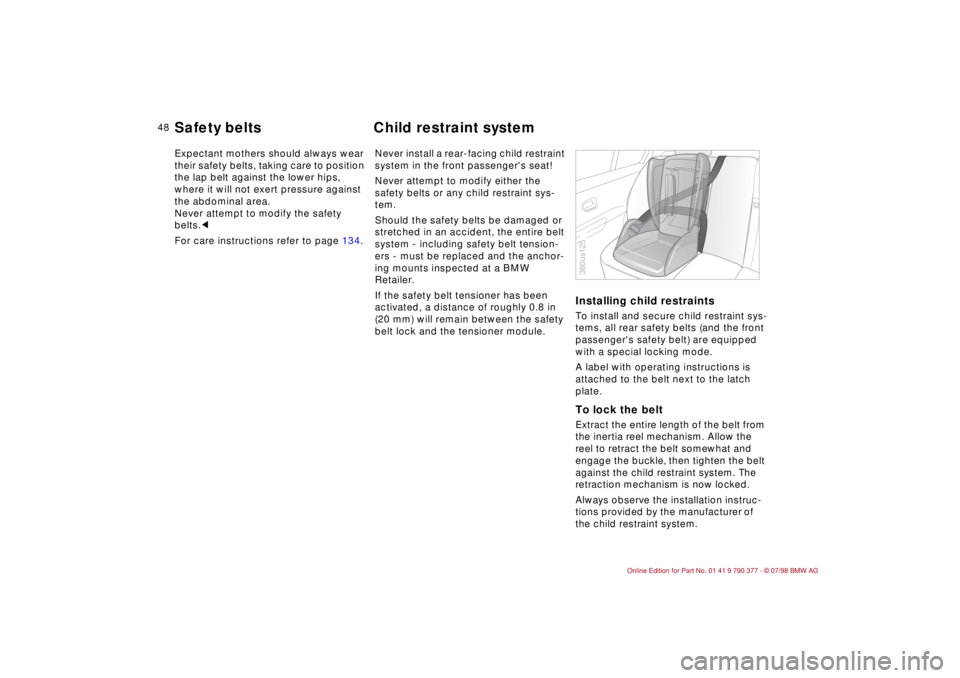
48
Expectant mothers should always wear
their safety belts, taking care to position
the lap belt against the lower hips,
where it will not exert pressure against
the abdominal area.
Never attempt to modify the safety
belts.c
For care instructions refer to page 134.Never install a rear-facing child restraint
system in the front passenger's seat!
Never attempt to modify either the
safety belts or any child restraint sys-
tem.
Should the safety belts be damaged or
stretched in an accident, the entire belt
system - including safety belt tension-
ers - must be replaced and the anchor-
ing mounts inspected at a BMW
Retailer.
If the safety belt tensioner has been
activated, a distance of roughly 0.8 in
(20 mm) will remain between the safety
belt lock and the tensioner module.
Installing child restraintsTo install and secure child restraint sys-
tems, all rear safety belts (and the front
passenger's safety belt) are equipped
with a special locking mode.
A label with operating instructions is
attached to the belt next to the latch
plate.To lock the beltExtract the entire length of the belt from
the inertia reel mechanism. Allow the
reel to retract the belt somewhat and
engage the buckle, then tighten the belt
against the child restraint system. The
retraction mechanism is now locked.
Always observe the installation instruc-
tions provided by the manufacturer of
the child restraint system.360us125
Safety belts Child restraint system
Page 50 of 179

49
At a glanceControls Car careRepairsTechnicalDataIndex
To release the beltRelease the buckle, remove the child
restraint device and allow the inertia
reel to retract the belt completely.b
Please also make this information
available to your passengers and urge
them to observe the instructions for
safety belt use.c
For care instructions refer to page 134.All passengers, and especially children,
should use a restraint device when
riding in the car.
Infants or small children should never
be permitted to ride on a passenger's
lap.
Children should always sit in the rear
seat and use, depending on age, either
a child restraint system or the safety
belts installed in the vehicle. Accident
statistics have shown that children are
safer when properly restrained in the
rear seats than when riding in the front.
Infants and toddlers should be secured
with a child restraint system appropri-
ate for their size.
Children of six years and older should
wear safety belts.Commercially available child seats
complying with legal standards are
designed to be secured using either a
lap belt or a combined lap-shoulder
belt. Because improperly installed
restraint systems can increase the risk
of injury to children, we strongly urge
you to carefully read and follow the
instructions supplied with the system.
Should the child restraint system of your
choice require the use of a securing or
tether strap, note that three anchoring
points (arrows) have been provided for
mounting it in your vehicle.
Ask your BMW Retailer to perform the
necessary installation work.
360us126
BMW Sedan/Coupe
Child restraint system Installing child seats
Page 51 of 179
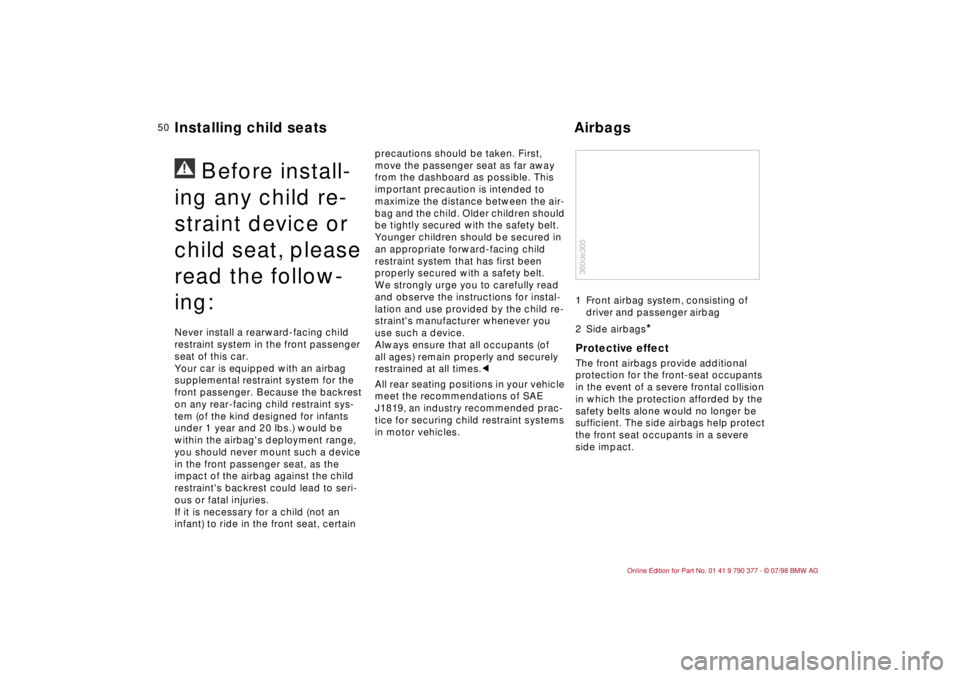
50
a
Before install-
ing any child re-
straint device or
child seat, please
read the follow-
ing:
Never install a rearward-facing child
restraint system in the front passenger
seat of this car.
Your car is equipped with an airbag
supplemental restraint system for the
front passenger. Because the backrest
on any rear-facing child restraint sys-
tem (of the kind designed for infants
under 1 year and 20 lbs.) would be
within the airbag's deployment range,
you should never mount such a device
in the front passenger seat, as the
impact of the airbag against the child
restraint's backrest could lead to seri-
ous or fatal injuries.
If it is necessary for a child (not an
infant) to ride in the front seat, certain precautions should be taken. First,
move the passenger seat as far away
from the dashboard as possible. This
important precaution is intended to
maximize the distance between the air-
bag and the child. Older children should
be tightly secured with the safety belt.
Younger children should be secured in
an appropriate forward-facing child
restraint system that has first been
properly secured with a safety belt.
We strongly urge you to carefully read
and observe the instructions for instal-
lation and use provided by the child re-
straint's manufacturer whenever you
use such a device.
Always ensure that all occupants (of
all ages) remain properly and securely
restrained at all times.c
All rear seating positions in your vehicle
meet the recommendations of SAE
J1819, an industry recommended prac-
tice for securing child restraint systems
in motor vehicles.1 Front airbag system, consisting of
driver and passenger airbag
2 Side airbags
*
Protective effectThe front airbags provide additional
protection for the front-seat occupants
in the event of a severe frontal collision
in which the protection afforded by the
safety belts alone would no longer be
sufficient. The side airbags help protect
the front seat occupants in a severe
side impact.360de305
Installing child seats Airbags
Page 52 of 179

51
At a glanceControls Car careRepairsTechnicalDataIndex
The airbags are triggered by impacts
coming from the directions shown in
the illustration. Note that the supple-
mentary protection against lateral
impact is available only on vehicles
equipped with optional door-mounted
airbags.Indicator lamp in instrument
clusterSystem operational:
dThe indicator lamp comes on briefly.
System malfunction:
dThe indicator lamp fails to come on.dIndicator lamp lights up for approx.
4 seconds, goes out brießy and then
lights up again.
A system malfunction could prevent the
system from responding to an impact
occurring within its normal response
range.
Please have your authorized BMW
Retailer inspect and repair the system
as soon as possible.
a
For your own safety, please ob-
serve the following precautions con-
cerning airbags, as otherwise their
protective function may be impaired. We
also request that you make this informa-
tion available to your passengers, and
that you urge them to observe the in-
structions for safety belt use: the air-
bags are a supplemental restraint
device designed to provide extra pro-
tection; they are not a substitute for
safety belts. Wear your safety belt at all
times. The system does not respond to
minor collisions, if the vehicle rolls over,
or if the impact is at the rear of the vehi-
cle. In this situation, only the safety belt
protects you.
When adjusting your seat, select a posi-
tion that provides maximum distance
between you and the steering wheel, the instrument panel and the door while still
allowing comfortable and safe access to
all vehicle controls.
Always grip the steering wheel on its
rim with your hands at the 9 and 3 oÕclock
positions, otherwise hand and arm inju-
ries could occur when the airbag
inflates.
Never allow any objects to obstruct the
area between the airbag and the driver/
passenger.
Do not use the cover panel above the
passenger-side airbag as a storage
area.
Do not glue, cover or in any way alter
the padded covers on the steering
wheel, the instrument panel or the side
trim panels of the front doors.
Do not install a rear-facing child re-
straint device on the front passenger
seat. Children under 12 years of age
should only sit in the back.c
Even when all these guidelines are
observed, there is still a residual risk of
mild facial injuries occurring in isolated
instances of airbag actuation. The igni-
tion and inßation noise may induce a
mild temporary hearing loss in sensitive
individuals.
Airbag information is also located on
the sun visors.
p
The indicator lamp comes on from
ignition key position 1 to indicate
that the system is operational.
390de142Airbags
Page 53 of 179
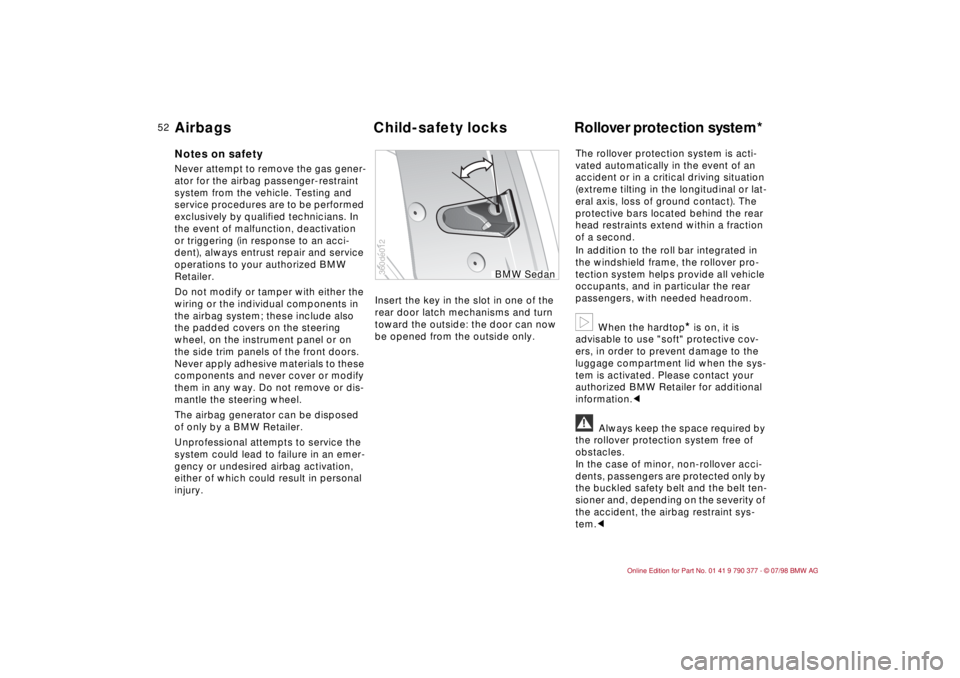
52
Notes on safetyNever attempt to remove the gas gener-
ator for the airbag passenger-restraint
system from the vehicle. Testing and
service procedures are to be performed
exclusively by qualified technicians. In
the event of malfunction, deactivation
or triggering (in response to an acci-
dent), always entrust repair and service
operations to your authorized BMW
Retailer.
Do not modify or tamper with either the
wiring or the individual components in
the airbag system; these include also
the padded covers on the steering
wheel, on the instrument panel or on
the side trim panels of the front doors.
Never apply adhesive materials to these
components and never cover or modify
them in any way. Do not remove or dis-
mantle the steering wheel.
The airbag generator can be disposed
of only by a BMW Retailer.
Unprofessional attempts to service the
system could lead to failure in an emer-
gency or undesired airbag activation,
either of which could result in personal
injury.Insert the key in the slot in one of the
rear door latch mechanisms and turn
toward the outside: the door can now
be opened from the outside only.The rollover protection system is acti-
vated automatically in the event of an
accident or in a critical driving situation
(extreme tilting in the longitudinal or lat-
eral axis, loss of ground contact). The
protective bars located behind the rear
head restraints extend within a fraction
of a second.
In addition to the roll bar integrated in
the windshield frame, the rollover pro-
tection system helps provide all vehicle
occupants, and in particular the rear
passengers, with needed headroom.
b
When the hardtop
* is on, it is
advisable to use "soft" protective cov-
ers, in order to prevent damage to the
luggage compartment lid when the sys-
tem is activated. Please contact your
authorized BMW Retailer for additional
information.c
a
Always keep the space required by
the rollover protection system free of
obstacles.
In the case of minor, non-rollover acci-
dents, passengers are protected only by
the buckled safety belt and the belt ten-
sioner and, depending on the severity of
the accident, the airbag restraint sys-
tem.c
360de012
BMW Sedan
Airbags Child-safety locks Rollover protection system*
Page 54 of 179

53
At a glanceControls Car careRepairsTechnicalDataIndex
Following an unforeseen, automatic
extension, the rollover protection sys-
tem can be lowered again.
To do this, remove the screwdriver han-
dle and the special tool (stored on the
socket wrench) from the onboard tool
kit and push them together.
dPull out the head restraint upward.
dRemove the protective cap upward
from the protective bar.dPush the special tool into the guide
of the click-and-pawl mechanism as
far as possible (handle rests on the
backrest) and hold in place.
dGently press down the protective bar
until the special tool is loose.
dPull out the special tool and press
down the protective bar completely
until it audibly engages.
dRemount the protective cap on the
protective bar and push on Þrmly.
dPush in the head restraint again.Follow the same procedure for the sec-
ond protective bar.
Have the rollover protection system
checked by a BMW Retailer.
a
The opened convertible top can not
be closed with the rollover protection
system extended.c
Notes on safetyNo changes should be made to the indi-
vidual components of the rollover pro-
tection system or to its wiring.
All work on the rollover protection sys-
tem must be carried out by a BMW
Retailer.
Work carried out incorrectly may lead to
the failure or an accidental triggering of
the system.
To check the system and to ensure its
long-term operation, it is imperative that
you observe the maintenance intervals
of the Service Interval Display. The roll-
over protection system must be in-
spected every 2 years at the latest by a
BMW Retailer.
36cde016
36cde017
Rollover protection system* Ð Convertible
Page 55 of 179
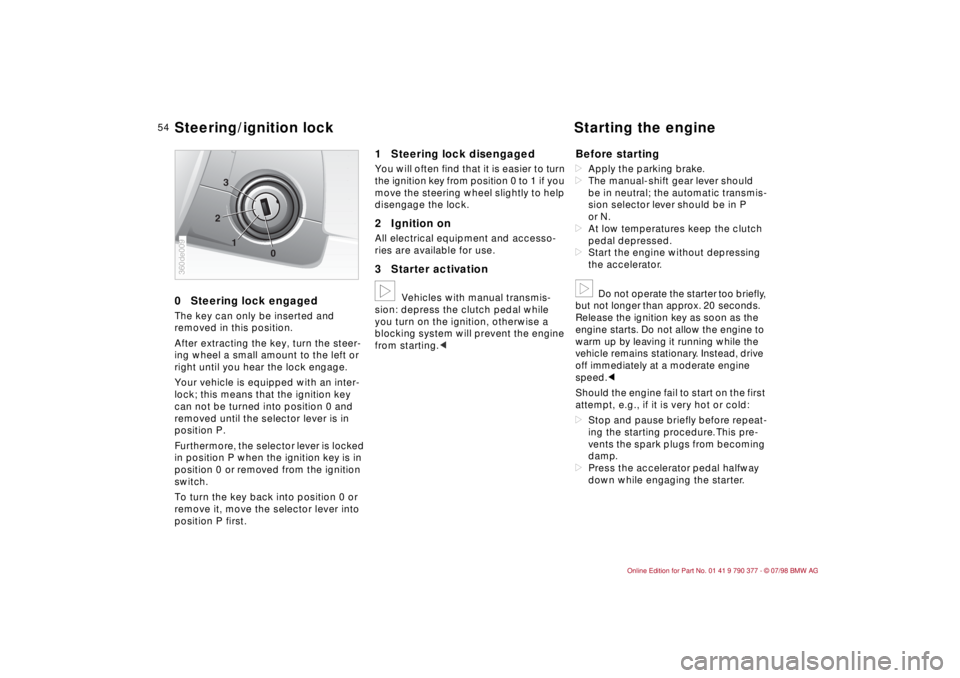
54
0Steering lock engagedThe key can only be inserted and
removed in this position.
After extracting the key, turn the steer-
ing wheel a small amount to the left or
right until you hear the lock engage.
Your vehicle is equipped with an inter-
lock; this means that the ignition key
can not be turned into position 0 and
removed until the selector lever is in
position P.
Furthermore, the selector lever is locked
in position P when the ignition key is in
position 0 or removed from the ignition
switch.
To turn the key back into position 0 or
remove it, move the selector lever into
position P first.
1 Steering lock disengagedYou will often find that it is easier to turn
the ignition key from position 0 to 1 if you
move the steering wheel slightly to help
disengage the lock.2 Ignition onAll electrical equipment and accesso-
ries are available for use.3 Starter activationb
Vehicles with manual transmis-
sion: depress the clutch pedal while
you turn on the ignition, otherwise a
blocking system will prevent the engine
from starting.c
Before startingdApply the parking brake.
dThe manual-shift gear lever should
be in neutral; the automatic transmis-
sion selector lever should be in P
or N.
dAt low temperatures keep the clutch
pedal depressed.
dStart the engine without depressing
the accelerator.b
Do not operate the starter too briefly,
but not longer than approx. 20 seconds.
Release the ignition key as soon as the
engine starts. Do not allow the engine to
warm up by leaving it running while the
vehicle remains stationary. Instead, drive
off immediately at a moderate engine
speed.c
Should the engine fail to start on the first
attempt, e.g., if it is very hot or cold:
dStop and pause briefly before repeat-
ing the starting procedure. This pre-
vents the spark plugs from becoming
damp.
dPress the accelerator pedal halfway
down while engaging the starter.
1 2
03
360de009Steering/ignition lock Starting the engine
Page 56 of 179

55
At a glanceControls Car careRepairsTechnicalDataIndex
When starting a cold engine at extreme-
ly low temperatures (+55F/-156 or be-
low) or at high altitudes (above 3,300 ft./
1,000 meters), proceed as follows:
dAt the first attempt, keep the starter
engaged for a bit longer (approx.
10 seconds).
dPress the accelerator pedal halfway
down while engaging the starter.
If you operate the vehicle for longer
periods of time at high altitudes and
very low temperatures, put into the
engine an oil with a viscosity of 5WÐ30
(refer to page 126). Please contact your
authorized BMW Retailer for additional
information.a
Never allow the engine to run with
the vehicle standing in an enclosed ar-
ea. The exhaust gases contain carbon
monoxide, an odorless and colorless,
but highly toxic gas. Breathing the ex-
haust gases poses an extreme health
risk, and can lead to unconsciousness
and death.
Never leave the vehicle unattended with
the engine running, as such a vehicle
represents a serious potential safety
hazard.cTurn the ignition key to position 1 or 0.
a
Always remove the ignition key
and engage the steering lock before
leaving the vehicle.
Vehicles with manual transmission:
Always engage the parking brake when
parking on slopes and inclined surfaces,
since selecting 1st gear or reverse may
not provide adequate resistance to roll-
ing.
Vehicles with automatic transmission:
Place the selector lever in Park.c
Starting the engine Switching off the engine
 1
1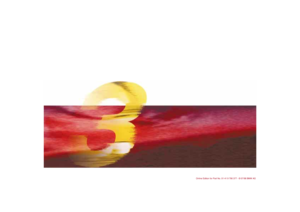 2
2 3
3 4
4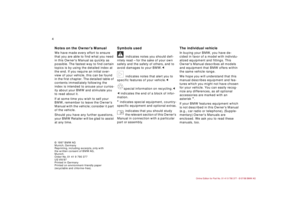 5
5 6
6 7
7 8
8 9
9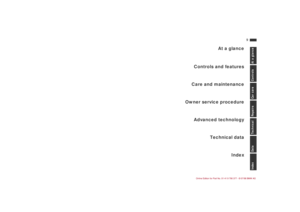 10
10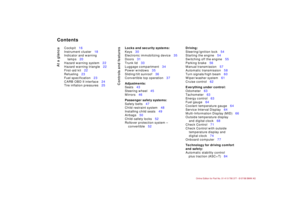 11
11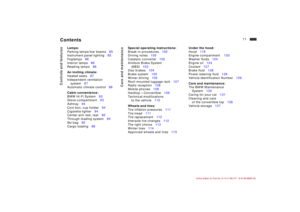 12
12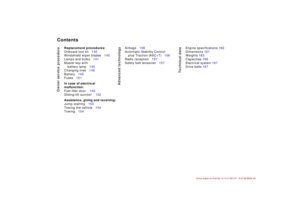 13
13 14
14 15
15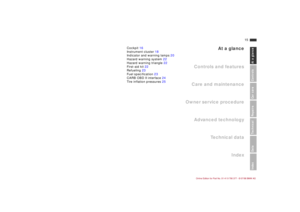 16
16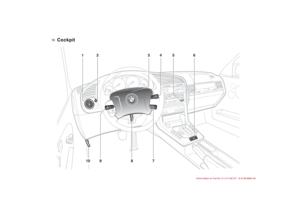 17
17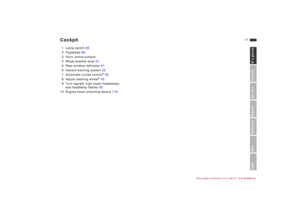 18
18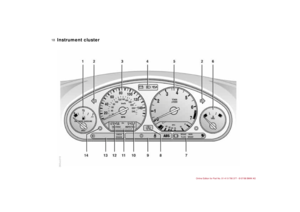 19
19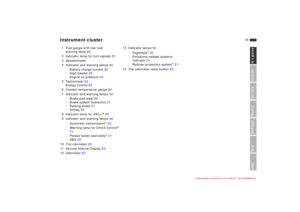 20
20 21
21 22
22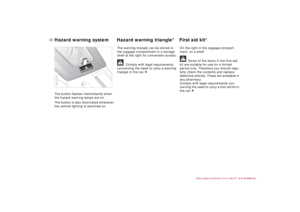 23
23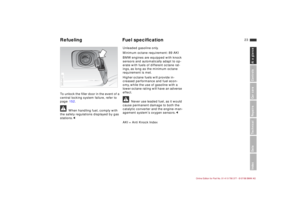 24
24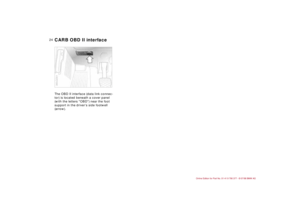 25
25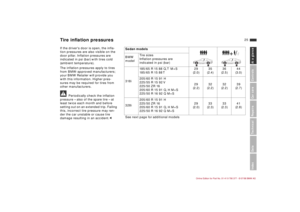 26
26 27
27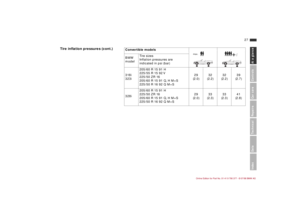 28
28 29
29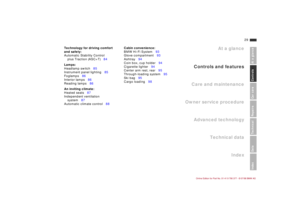 30
30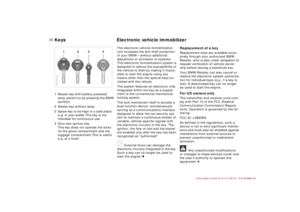 31
31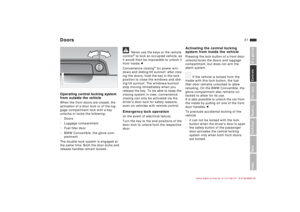 32
32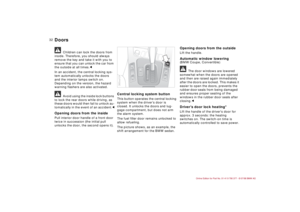 33
33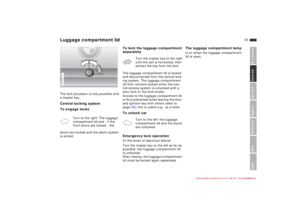 34
34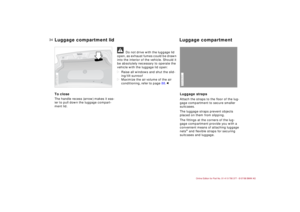 35
35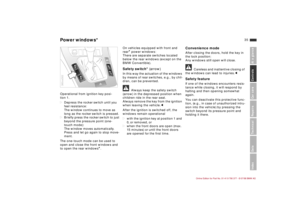 36
36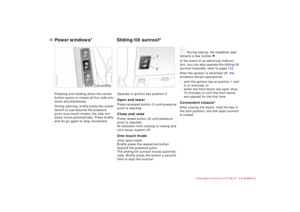 37
37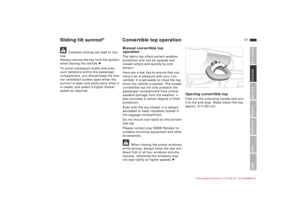 38
38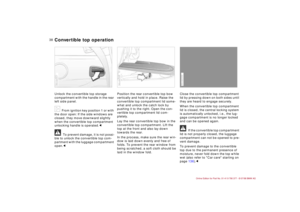 39
39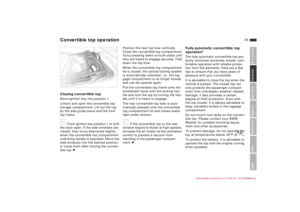 40
40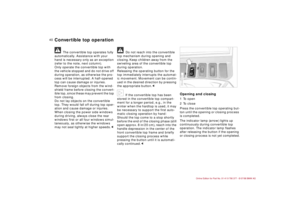 41
41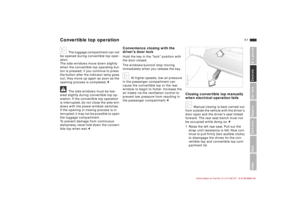 42
42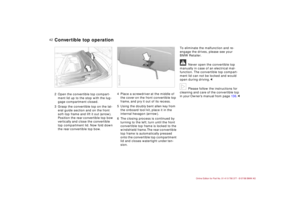 43
43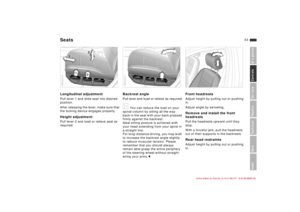 44
44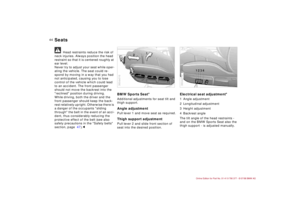 45
45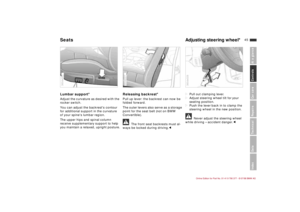 46
46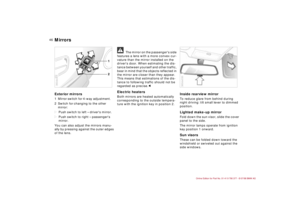 47
47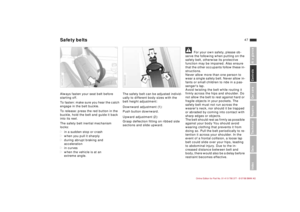 48
48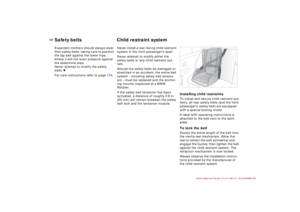 49
49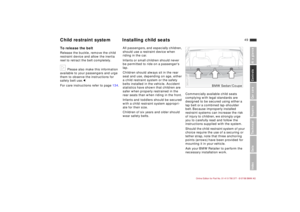 50
50 51
51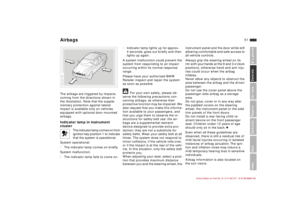 52
52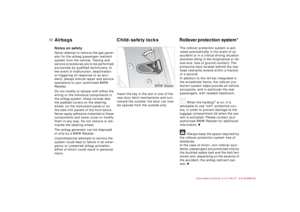 53
53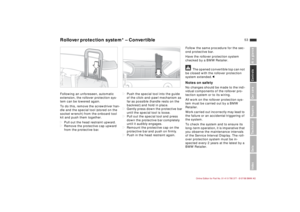 54
54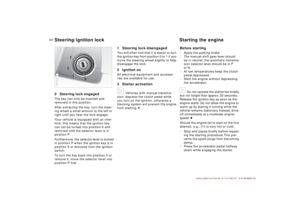 55
55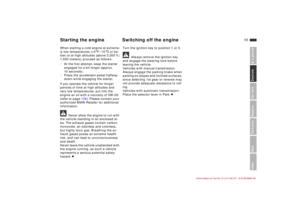 56
56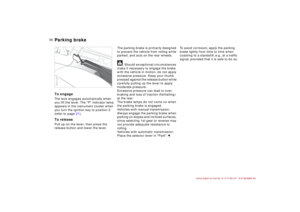 57
57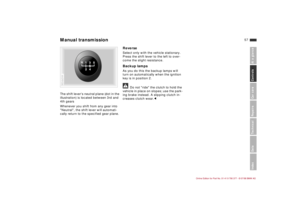 58
58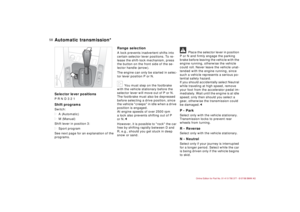 59
59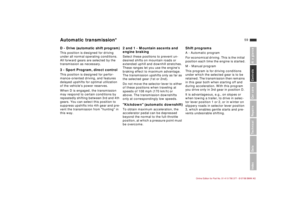 60
60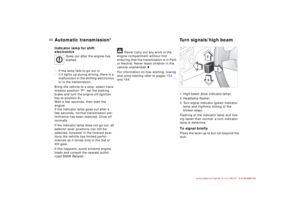 61
61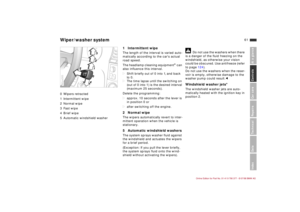 62
62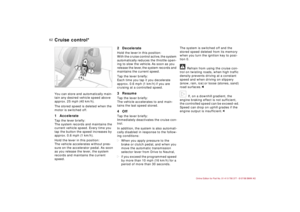 63
63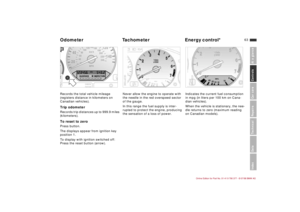 64
64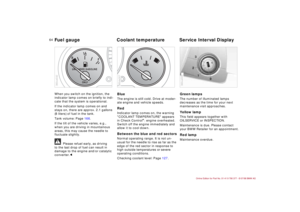 65
65 66
66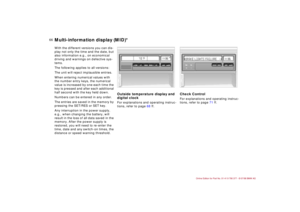 67
67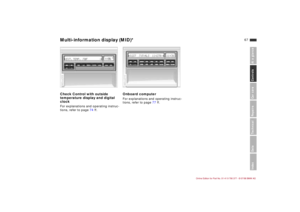 68
68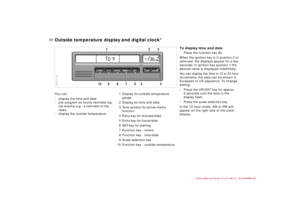 69
69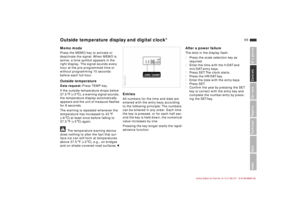 70
70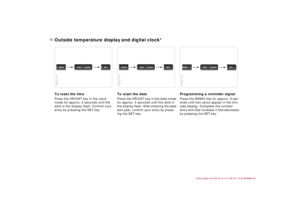 71
71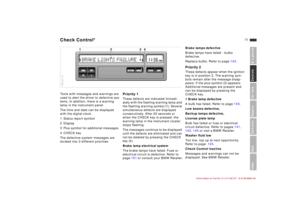 72
72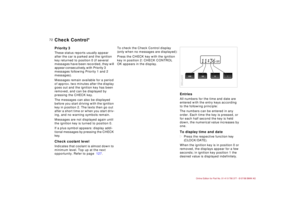 73
73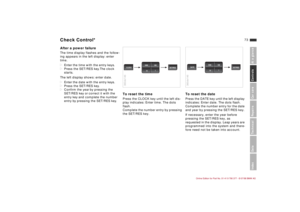 74
74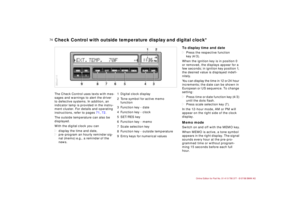 75
75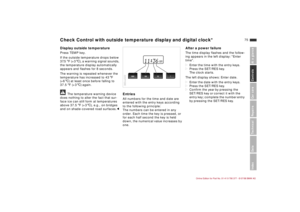 76
76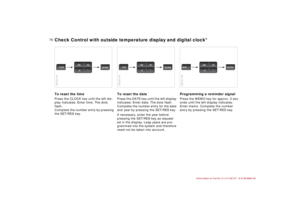 77
77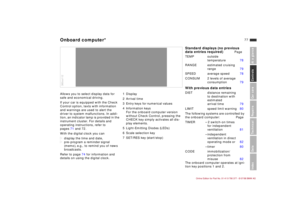 78
78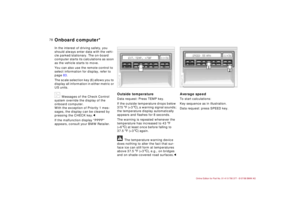 79
79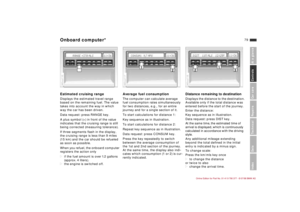 80
80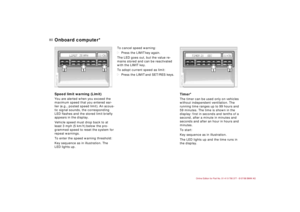 81
81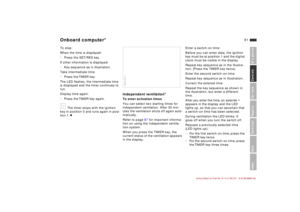 82
82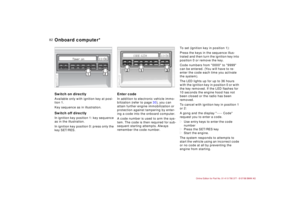 83
83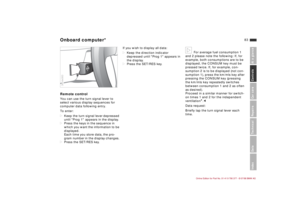 84
84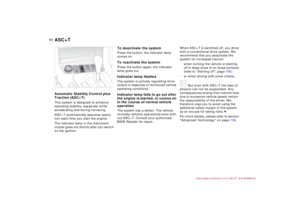 85
85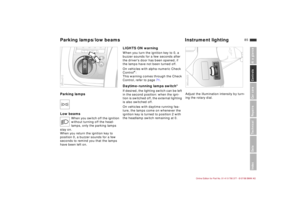 86
86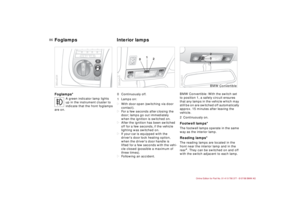 87
87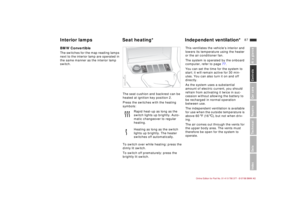 88
88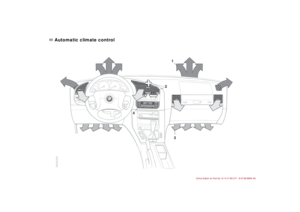 89
89 90
90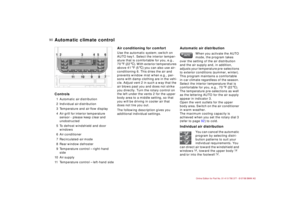 91
91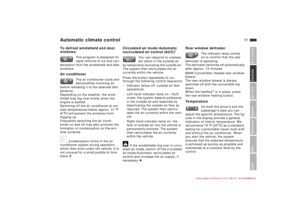 92
92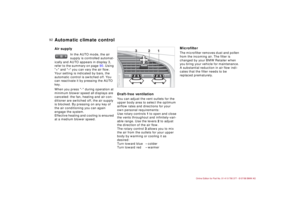 93
93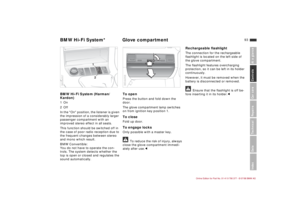 94
94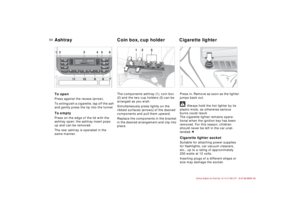 95
95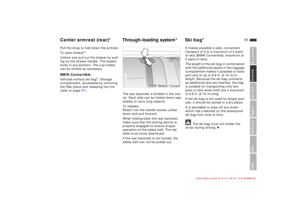 96
96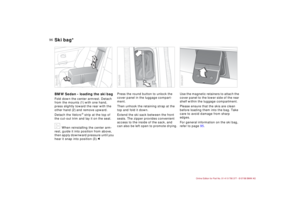 97
97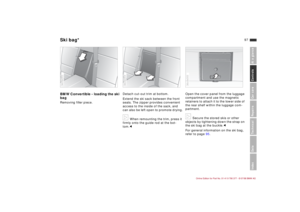 98
98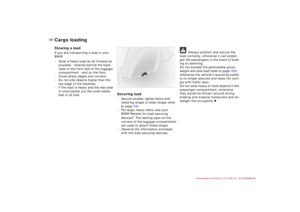 99
99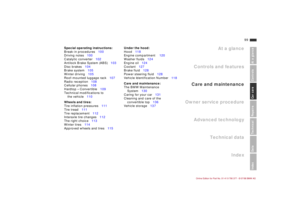 100
100 101
101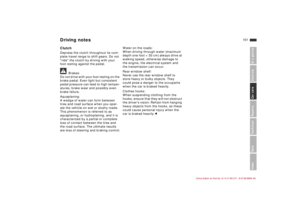 102
102 103
103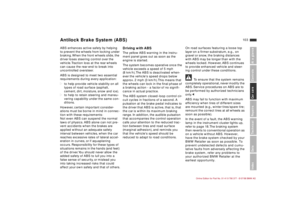 104
104 105
105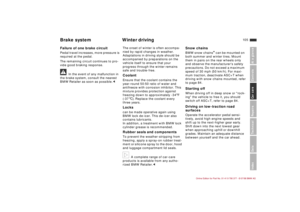 106
106 107
107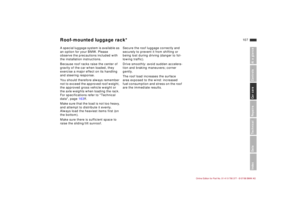 108
108 109
109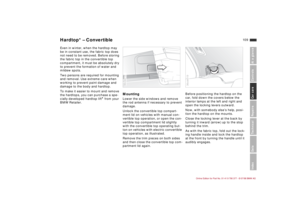 110
110 111
111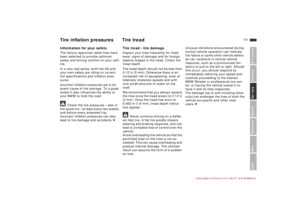 112
112 113
113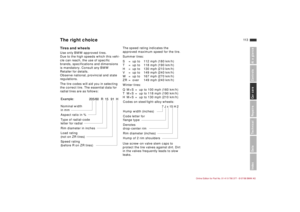 114
114 115
115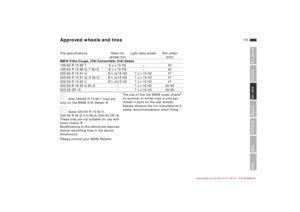 116
116 117
117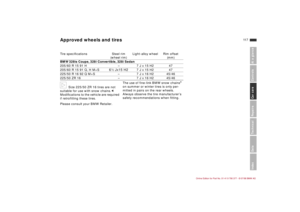 118
118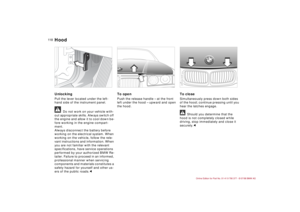 119
119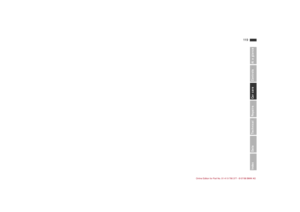 120
120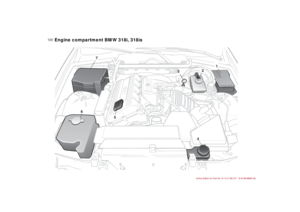 121
121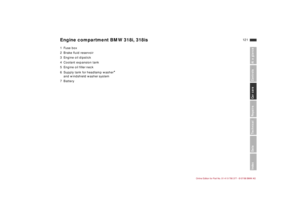 122
122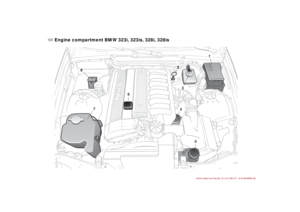 123
123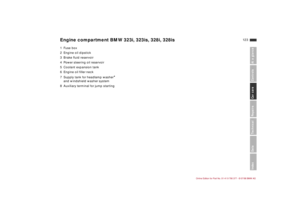 124
124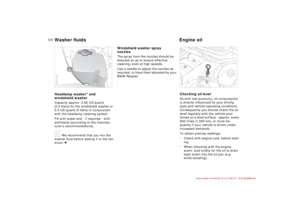 125
125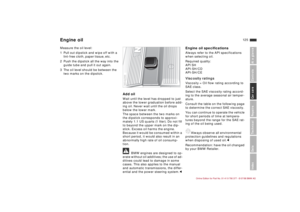 126
126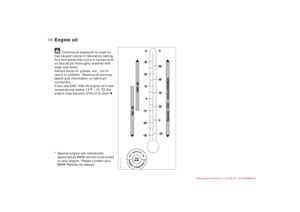 127
127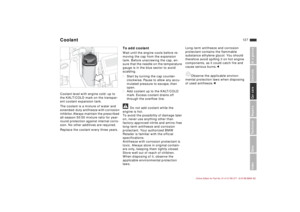 128
128 129
129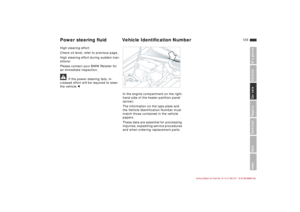 130
130 131
131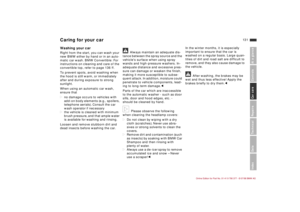 132
132 133
133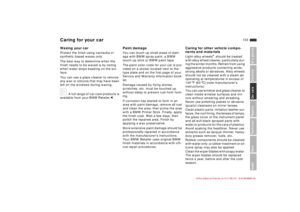 134
134 135
135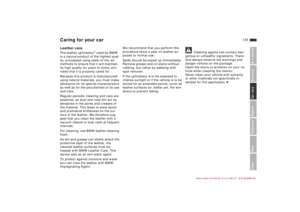 136
136 137
137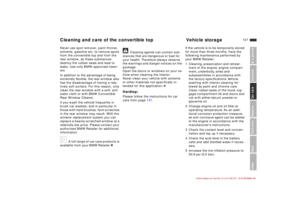 138
138 139
139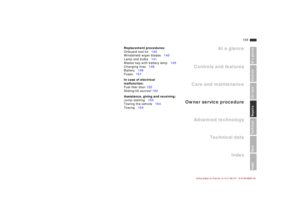 140
140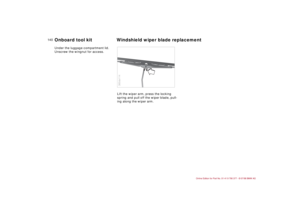 141
141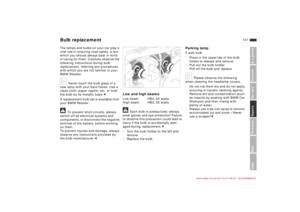 142
142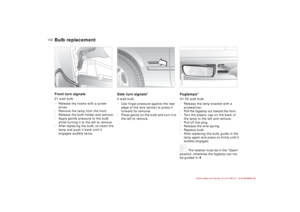 143
143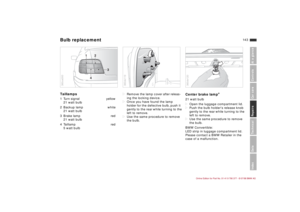 144
144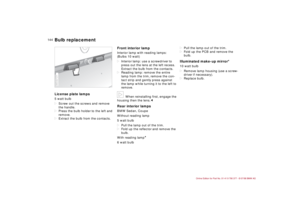 145
145 146
146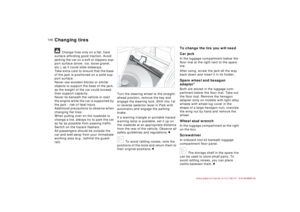 147
147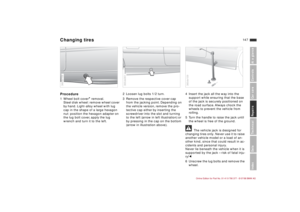 148
148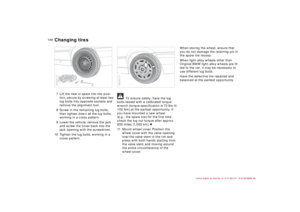 149
149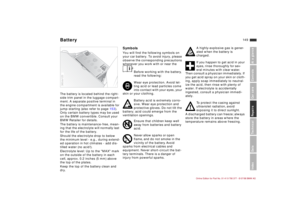 150
150 151
151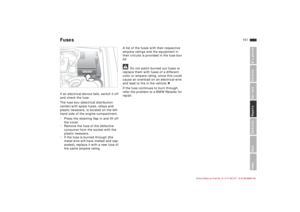 152
152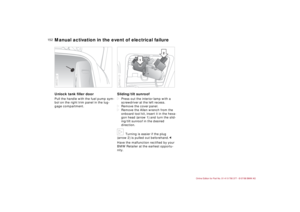 153
153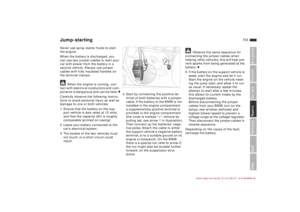 154
154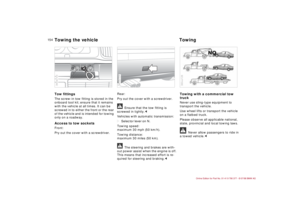 155
155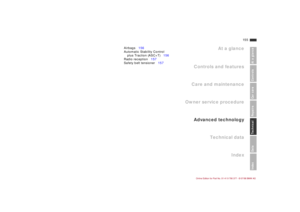 156
156 157
157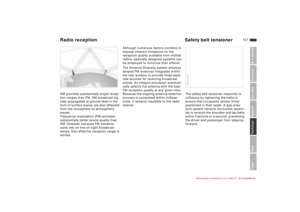 158
158 159
159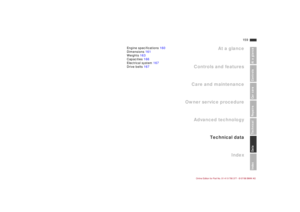 160
160 161
161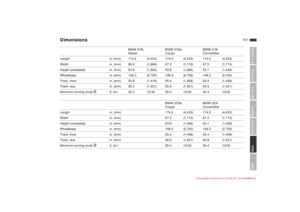 162
162 163
163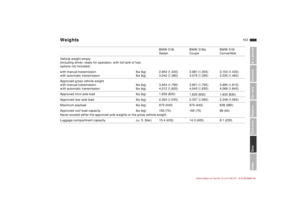 164
164 165
165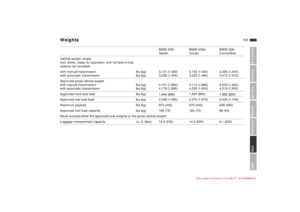 166
166 167
167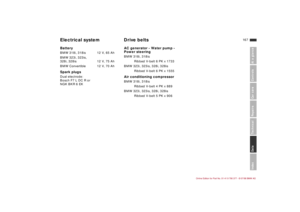 168
168 169
169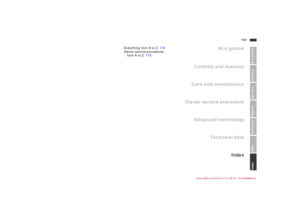 170
170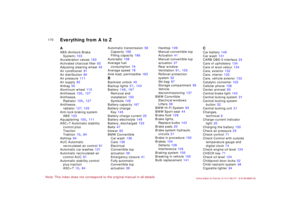 171
171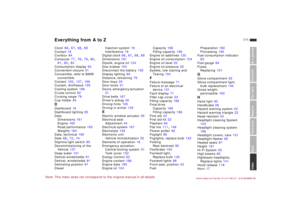 172
172 173
173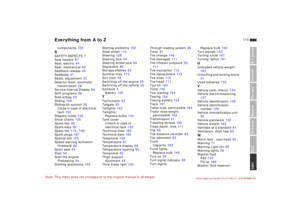 174
174 175
175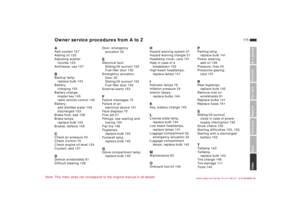 176
176 177
177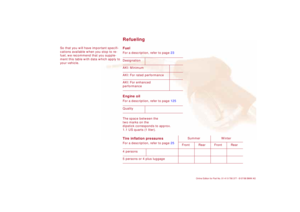 178
178






